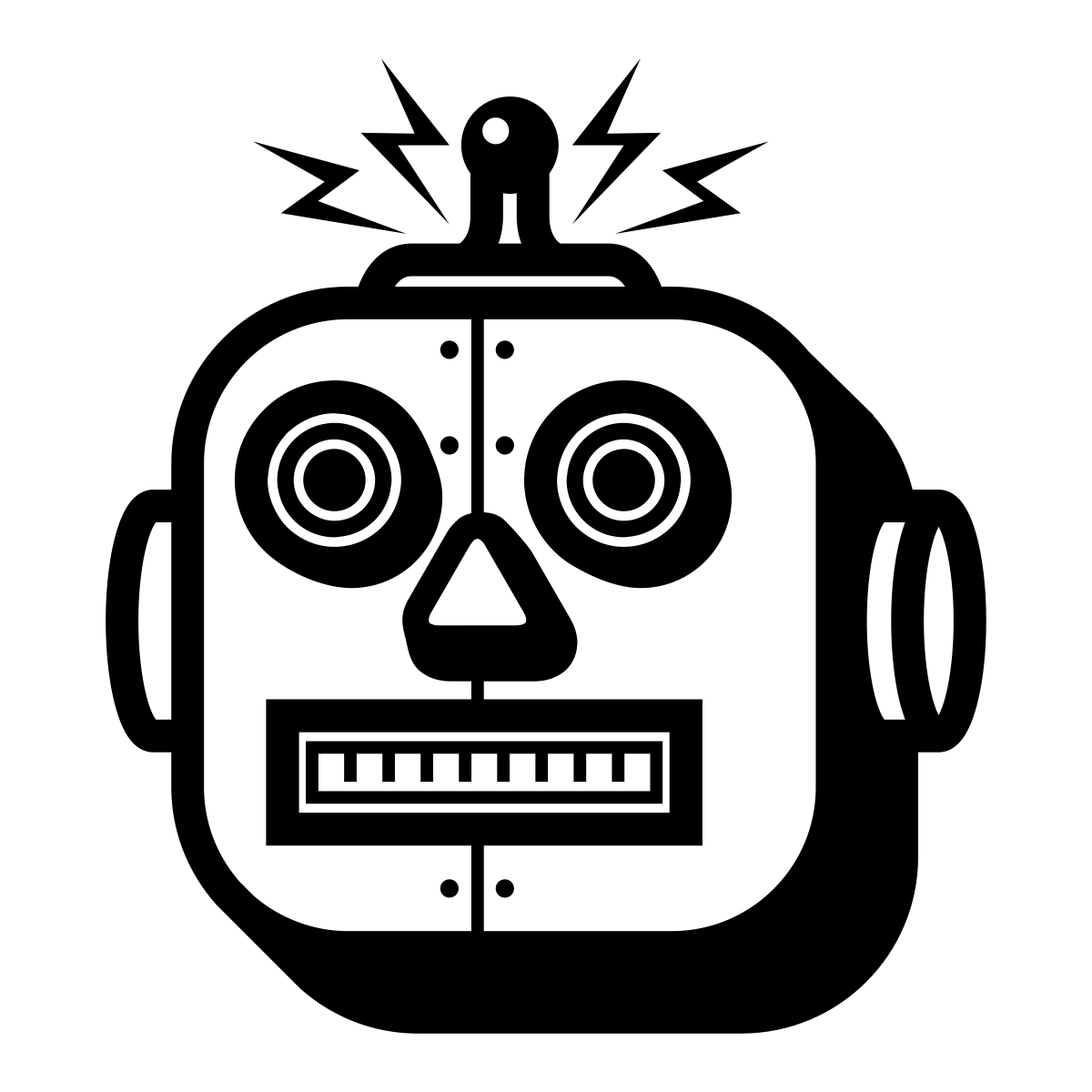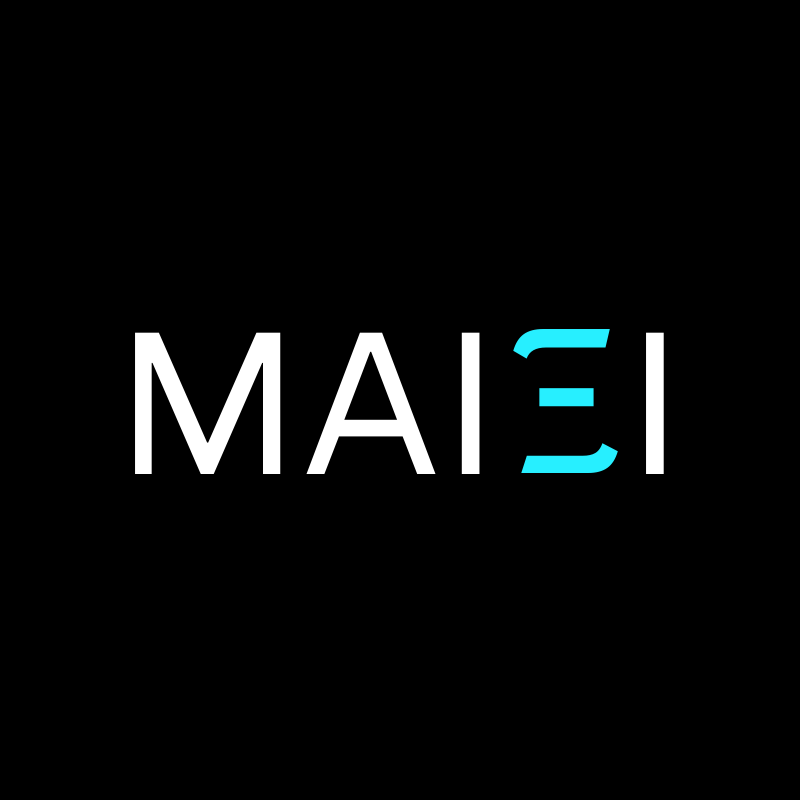This week we are going to dig into content about ML newsletters. I’ll do my best to bring that content to life via the spoken word, but you may want to check out the actual written text this week if you are looking for hyperlinks to the actual newsletter locations. Generally, if you want to live dangerously, then you can find these newsletters with a quick Google search or you can visit this post for a more direct approach.
Probably the newsletter that I have subscribed to the longest would be the Inside AI newsletter that has featured weekend commentary from Rob May [1]. Recently the entire Inside newsletter ecosystem has changed it up a little bit with a new platform where you can login and interact with posts. The Inside newsletter ecosystem includes tons of different topics thanks to the founder and CEO Jason Calacanis mixing things up. Way back on July 22, 2018 I did get to write a weekend commentary for that newsletter. I’ll leave that missive below at the end of this post.
A lot of smaller newsletters exist and a few of them are wrapped around brands or larger institutions. Let’s talk about a few Substack newsletters: Last Week in AI which provides a weekly free edition or you can subscribe for more issues [2]. Subscribing to that Substack newsletter will suggest you subscribe to 3 other newsletters. I always think it is interesting to see what other people are suggesting in terms of subscriptions.
1. The AI Ethics Brief: Democratizing AI ethics literacy [3]
2. The Gradient: Overviews on cutting-edge AI research and perspectives on the direction of the field [4]
3. AI Weirdness: The weirdness of artificial intelligence [5]. Interestingly enough when I subscribed to the Substack of this one I got an email from the author advising me the newsletter had moved to Ghost and I should shift my subscription.
I have read a lot of content from The Next Web (TNW) including the Neural newsletter [6]. You can find newsletters from O’Reilly and the MIT Technology review and a slew of other businesses that share AI/ML related content primarily associated with their interest. Over the years I have gotten subscribed to a ton of these and some of them I’m not entirely clear how those subscriptions occurred. A lot of them came about around the time I was working on my AIOps/MLOps research which makes sense.
Here is my weekend commentary post from back in 2018, “Everyday AI: From open source tools with a growing library of free training to being accessible in the business world.”
Sitting down to write a commentary on AI that will match Rob’s high standards made me pause and think deeply. These are amazing times and anybody that is actively seeking to take training on artificial intelligence or use the multitude of tools and languages being deployed within the open source community can open the door to truly interesting possibilities. That is the part of all of this that really caught my attention.
Translating the newly accessible tools and training into action has been the big challenge facing practitioners of artificial intelligence, machine learning, and deep learning. People throughout business are trying to gain insights from data to make decisions. Some of those efforts help build out highly complex dashboards and compendiums of KPIs that help provide insights and drive decisions. Some of the AI use cases are more plumbing related vs. being a scoreboard by replacing a step in a workflow that drives productivity or introducing something new that brings tremendous value to a product. Between informing strategic decisions and driving value, people are hearing about AI and they want to use it in the workplace. They want to use it to be successful. Nobody wants to miss out on this wave of opportunity to describe how things are happening and make predictions about the future.
A new host of tools and techniques related to deep learning exist to really perform complex analysis. The increase in data availability for training models has also risen exponentially. Within our everyday lives models have been deployed to improve the pictures we take and handle other tasks at the edge. Very few of those new tools have started to really be deployed within the day to day workflow of business. That is where I see the greatest opportunity for practitioners. My gut tells me that 2019 will be the year that AI becomes accessible to common workplace reporting, tasking, and IT deployments.
During the demo of Google’s Duplex at Google IO a technology was delivered that will change more than a few games. Both call centers and personal digital assistants come to mind. Both of those advancements will help push engagements with consultant companies and business partners delivering new technology implementations. Just about everybody that has called a major corporation over the years has felt the frustration with poorly setup phone systems. Some of them are interactive and some of them were just a mix of old technologies that made it hard to reach customer service. The technology demoed as part of Google Duplex at IO will provide something different, “...the Assistant can understand complex sentences, fast speech, and long remarks, so it can respond naturally in a phone conversation.”
Part of what makes advances in assistive technology that incorporate artificial intelligence into the solution they deliver so interesting is how accessible they are becoming. A host of free, low cost, or professional training resources are making the technology more accessible within the workplace. Anybody that works on reports or a definable and repeatable tasking could see artificial intelligence, machine learning, or deep learning as a possible door to pushing things forward. Tools like Microsoft Excel that have helped people complete data analysis for years are starting to get backward linkages to very powerful artificial intelligence plumbing. Those are the seeds that are going to grow the use of artificial intelligence from the ground up in business. Beyond major initiatives with consultants and key business partners the building blocks of artificial intelligence techniques will begin to simply be a part of normal business routines.
A growing combination of open source software and free training are helping to grow the number of advocates and enthusiasts in the workplace. That enthusiasm mixed with an increasing level of accessibility are the basis of what I expect to be a banner year in 2019 for the adoption and implementation of complex machine learning and deep learning models in the business world. A lot of that change will be driven from the bottom up based on enthusiasts using technology that has now become accessible.
Links and thoughts:
“How the mechanical keyboard went mainstream again”
“A Billionaire Hedge Fund Manager Predicts the Future — and What He Sees Is Concerning”
“[ML News] Meta's OPT 175B language model | DALL-E Mega is training | TorToiSe TTS fakes my voice”
Top 5 Tweets of the week:






Footnotes:
[2]
[3]
[4]
[5] https://www.aiweirdness.com/
[6] https://thenextweb.com/neural
What’s next for The Lindahl Letter?
Week 72: Open source machine learning security (Machine learning and surveillance bonus issue)
Week 73: Symbolic machine learning
Week 74: ML content automation
Week 75: Is ML destroying engineering colleges?
Week 76: What is post theory science?
I’ll try to keep the what’s next list for The Lindahl Letter forward looking with at least five weeks of posts in planning or review. If you enjoyed this content, then please take a moment and share it with a friend. Thank you and enjoy the week ahead.











What are the best ML newsletters?